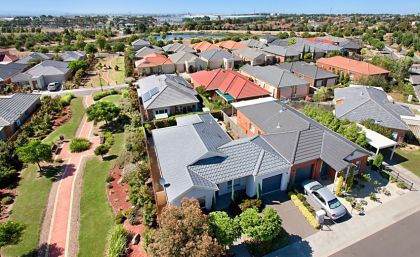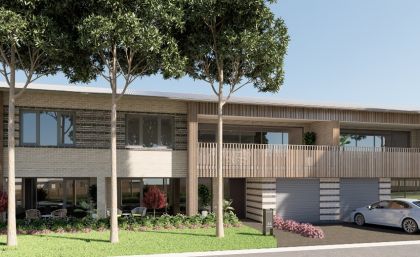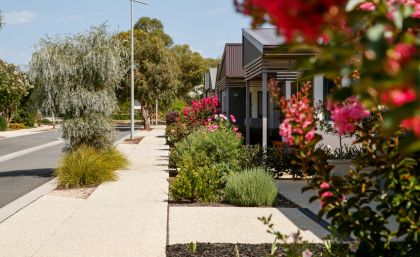Your Ideal Retirement Awaits
For people looking for the best of both worlds, our retirement villages offer a stylish yet practical solution. Beautifully designed and constructed, our retirement villages empower older people to live in connected communities while enjoying easy access to support when it’s needed.
Live your retirement to the fullest in a peaceful and connected community, with close access to leisure and support services.
Retirement Living Guides

Community connections
Discover a vibrant community where residents come together for social activities, fostering warm connections and a sense of togetherness.
Safe and secure
Rest easy with our 24/7 security measures, providing a safe and secure environment for your peace of mind and a worry-free retirement.
Support
Experience comprehensive support services tailored to your needs, ensuring you receive the care necessary to live comfortably and independently.
Low Maintenance
Simplify your lifestyle with hassle-free, low-maintenance living. Enjoy retirement without the worry of upkeep, focusing on what matters most to you.


Bridgewater Lake
Suburb: Roxburgh Park


St John's Rise
Suburb: Mooroolbark


Dalkeith Heights
Suburb: Traralgon


St Laurence Court Community
Suburb: California Gully